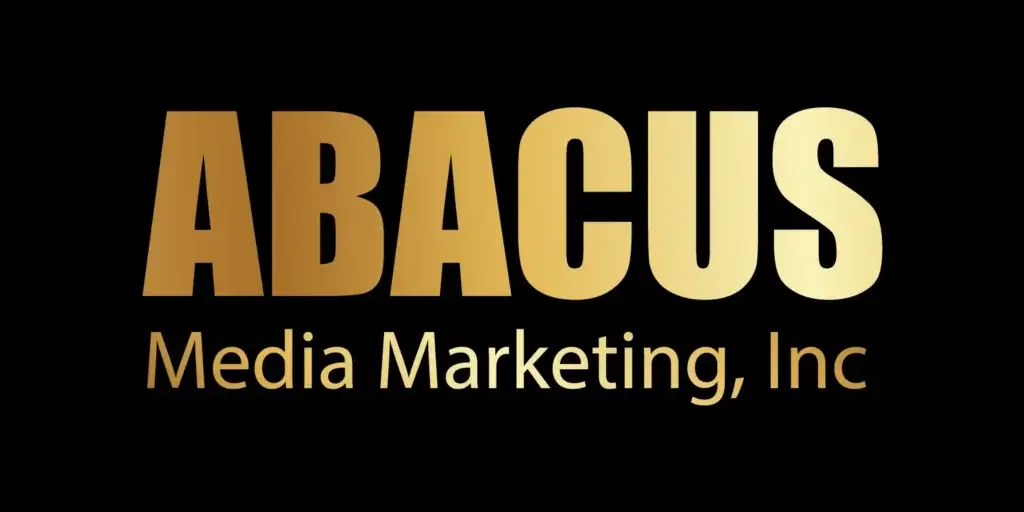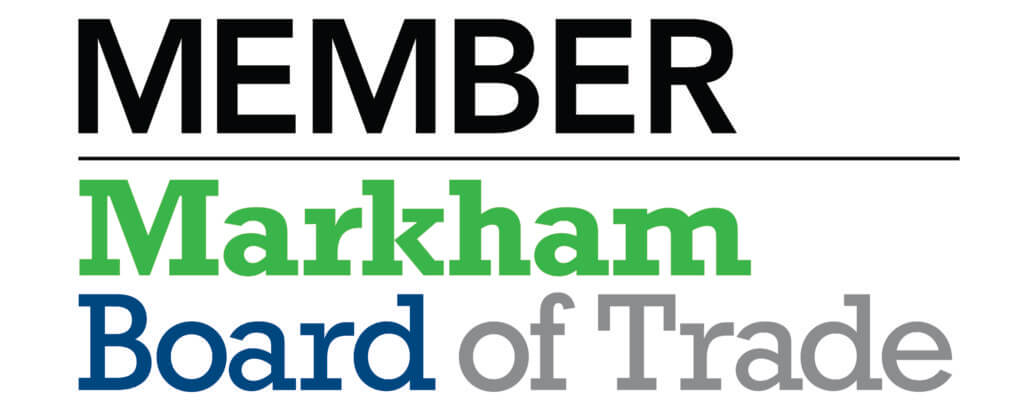Performing an SEO Audit
Introduction
Search Engine Optimization ranks (no pun intended) as one of THE most important website elements that will result in successfully monetizing an e-commerce web site.
What does a holistic Search Engine Optimized website do for you? It helps a potential buyer find you. Once the shopper has found you, it is up to you and your carefully crafted offering to convert Shoppers to Buyers – but that is another story.
An SEO Audit will identify what your web site’s strengths and weaknesses are and what your current rating is based on Google Search Console.
When you consider the amount of time SEO takes, you may grimace at the thought of investing more time and energy in it. While this might be valid for some SEO exercises, such as obtaining a huge number of low-quality backlinks (an exercise in futility as well as damaging to your rankings), SEO audits or reviews are absolutely required before any SEO work is done. It’s like taking your car to a mechanic to have him check out your car before you get it fixed!
SEO reviews are definitely not an exercise in futility!
Essentially, the fundamental reason for an SEO review is to provide you with an outline or plan of what work is required to improve your rankings. Without this information, it’s like having a mechanic try to fix your car without knowing what is wrong.
Crawl your Site
Before you begin acting on your SEO review, you have to perform some prep steps. The first is to creep or crawl your site. This will let you know whether you have areas of your site that are not available to web search tools. In the event that there are such pages/areas, you will know immediately why they don’t rank well ‐ really, they don’t rank at all, in light of the fact that they are excluded in the databases of web crawler.
To perform a crawl of your site, you need a tool. There are many different tools to choose from, but we recommend you Contact Us so we can run a free no obligation report for you.
What Search Engines Report about Your Site
A crawler gives you a general idea of what information from your site is indexable and what isn’t, but this is not the only information we require. How a page is crawlable doesn’t generally mean it’s incorporated into web crawlers’ databases. In this way, we have to check what of our crawlable pages made it there and what didn’t.
With this end goal in mind, we would have to hack the databases of Google, Bing, and the other web crawlers; this is not a practical alternative. The best thing to do is to utilize Google Console Tools. If you are not already familiar with Google Console Tools or Bing Webmaster Tools, these tools will soon become your new best friend.
Now Start the Actual SEO Audit
Once you’ve prepared yourself by using the Search Engine Spider Tool, which identifies what’s crawlable from your site and what webmaster tools report, you are ready to begin the SEO audit itself.
1. Analyze Accessibility and Indexability
The first step in the accessibility and indexability analysis is to verify that you haven’t inadvertently blocked crawlers from your site.
A. Analyze Robots.txt
To check if you haven’t blocked crawlers, have a look at your Robots.txt file to see if there are no user agents banned or if sections of your site that should be indexed were mistakenly placed in the banned area. You can check this in the file itself or use Google Console to see which URLs it lists as banned.
B. Check 404 Errors and Redirects
Another common problem area is 404 errors and Redirects. While you crawl your site, pay attention to these errors and if you find any, correct them immediately. As for redirects, there are good redirects and bad ones. Therefore, make sure you use good ones only (i.e. 301 redirects) and not bad redirects, such as 302, meta refresh redirects, JavaScript-based or anything similar.
C. Examine the XML Sitemap
XML Sitemaps are way too important to neglect. No SEO audit is complete without a check if your XML sitemap is up-to-date, readable, and functioning. Your XML sitemap must contain only pages that are actually on your site and all the pages that you want indexed must be included in the sitemap. Any deviation from this rule is a potential problem that needs to be found and resolved as soon as possible.
Also be sure to double check if your XML map is submitted to search engines. You might have the perfect XML sitemap, but if search engines don’t use it, your efforts will be futile.
D. Web Design/Development Audit
When we discuss availability, we can’t skip important factors such as site architecture, speed of loading, uptime, and use of Flash/JavaScript. Your site architecture is directly related to availability ‐ the more menus and submenus you have, the harder it will be to access your information.
If your site takes ages to load and/or is frequently down, this is also a turnoff to both human users and search engine spiders. These issues also need to be corrected as soon as possible. Just find a good host and your problems are over!
Flash and JavaScript are two major nightmares for any SEO professional. While their use cannot be avoided completely, any Flash- or JavaScript-based navigation can cause huge SEO problems. An SEO audit should spot these as severe issues that need to be fixed.
In addition to accessibility, site indexability is also something that you need to check when you perform a SEO audit. Here are some quick ways to do it.
E. Check the Number of Pages Indexed by Search Engines
The simplest way to check the number of pages indexed by a particular search engine is to type this in the search bar:
site:yoursite.com
where you replace yoursite.com with the actual name of your site.
This command gives you the number of pages from your site indexed by the search engine. If the number of pages indexed by search engines is close to the actual number of pages on your site, your site is indexed successfully.
If the number of pages indexed by search engines is much smaller than the actual number of pages on your site, this shows that many pages are inaccessible – a problem that should be fixed immediately.
If the number of pages indexed by search engines is much bigger than the actual number of pages on your site, this suggests you have lots of duplicate content that you need to clear. Just use site:yoursite.com&start=990 to see if Google will report duplicate content.
If you find nothing when you issue the site:yoursite.com command, this usually means one thing ‐ you have been excluded from the search engine’s index. This is the most severe penalty a site can get! If this happens to you, Contact us.
2. Analyze On-Page Ranking Factors
There are a number of on-page ranking factors – many of which are extremely important for your site’s SEO success. Here are the basic ones you shouldn’t skip:
A. Site URLs
Site URLs need to be user friendly (i.e. no dynamic URLs, if possible), with relevant keywords, and without overlap (i.e. no two URLs should point to the same page, unless you use redirects; for search engines this is duplicate content).
B. Page Content
Page content is very important and warrants its own separate article because you can (and should!) devote lots of time to SEO auditing your content. The points to consider are numerous, but the main ones include:
- Is your content thin? Do you have pages with just a few words/sentences of content?
- Is your content unique? Do other sites in your niche have similar content?
- Is your content keyword-rich? Do you have a good keyword density for your target keywords (without going in the keyword spamming direction)?
- Do your keywords appear in the right places ‐e. headings and the first paragraph?
- Do you have duplicate content on the page and/or sitewise? If you use the same footer/sidebar on each page, this is also duplicate content, though it certainly is less severe than having the same articles two or more times on the site.
C. Outbound Links
The quantity and quality of outbound links is of vital importance. This is why you need to double check that you have no more than 1 outbound link per 500-1,000 words of text and that this link points to a reputable site. Of course, you can use nofollow for outbound links, but this isn’t a guarantee, as search engines (even Google itself) do not always recognize it.
D. Meta Tags
Meta tags are frequently underestimated, but they do matter for good rankings. For instance, you might want to make sure that each page has a unique meta description. You should also check that the <title> tag is properly filled with the name of the page it refers to.
E. Images, JavaScript, etc.
In addition to the text on a page, you also need to check non-text elements, such as images, videos, Flash, JavaScript or anything else you might use to enhance your pages. Images and videos must have a good description in the alt tag, and JavaScript and Flash must be indexable.
3. Analyze Off-Page Ranking Factors
It should be clear by this point that on-page factors are important and their analysis certainly takes a lot of time. However, off-page ranking factors are also important. The good news is that their analysis isn’t that time-consuming. Here are some off-page ranking factors that you need to consider.
A. Number and Quality of Backlinks
The number and quality of backlinks is very, very important. This is why, when you are performing a SEO audit, you should check these:
- Do your backlinks come from reputable sites in your niche?
- Do you have many unique backlinking domains or do your links come from just a couple of unique domains?
- Do you have toxic backlinks (i.e. links from bad/spammy sites)?
- Do you have nofollow backlinks (you should because if you don’t, this is very suspicious)?
- Do your backlinks have keywords in the anchor text and are these keywords different from one another?
If you have a huge amount of backlinks, you might need a lot of time to analyze them. To make your job easier, you need a good backlink-checking tool – Contact us.
B. Position with Recognized Ranking Services
Even if your site has a good backlink profile, this doesn’t mean it is a good ranking site. In addition to your rankings with Google and the other search engines, one more factor to consider is how reputable ranking services (such as Alexa, PR, Page Authority, Domain Authority) rank you.
C. Presence on Social Media
Social media, such as Twitter, Facebook, Slideshare, Pinterest, and other social networking (and some social bookmarking) sites are a good indicator of your site’s popularity. If you have a large following on these sites and a good number of reposts, this is a huge plus.
D. Compare Yourself to the Competition
Finally, the last step in the SEO audit process is to see how you fare compared to your competitors. This is also a time-consuming step, especially if you have lots of competitors, but you shouldn’t skip it. Our report covers this important point.
Your SEO audit probably took a lot of time and effort, but it wasn’t in vain. You’ve received valuable information that can save you long hours of meaningless work. Now, place all of your audit findings in writing and save the file(s) somewhere safe, so that when you decide to perform another audit sometimes in the future, you have something to compare it to. It is best if you perform SEO audits regularly, either once a month or once every three months in order to keep tabs on the SEO success of your site.


